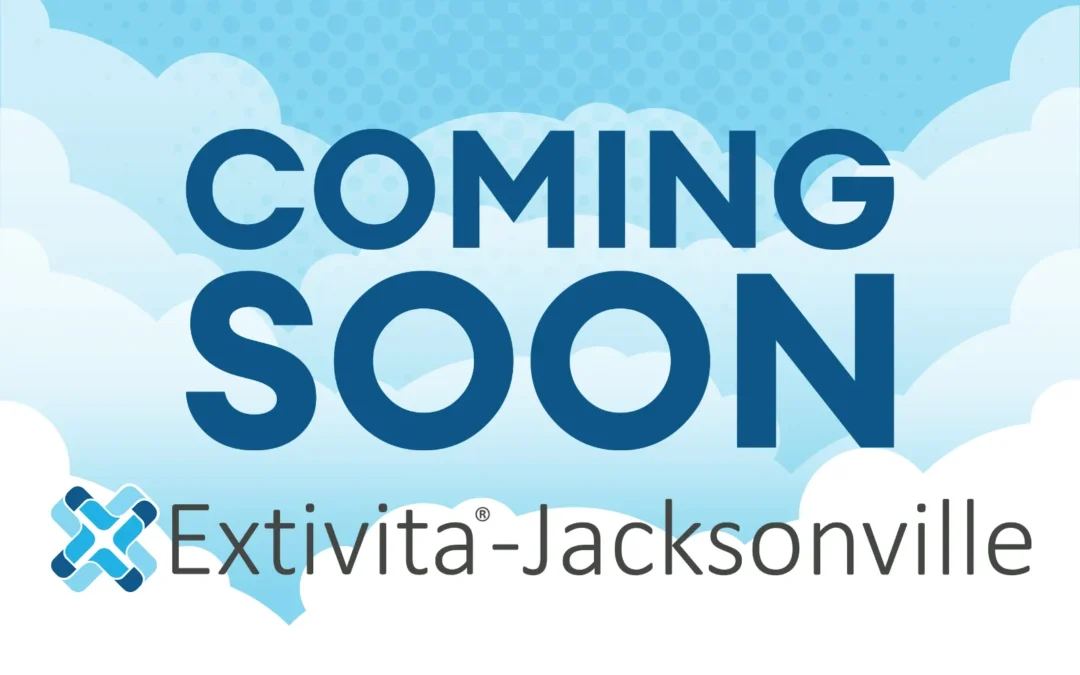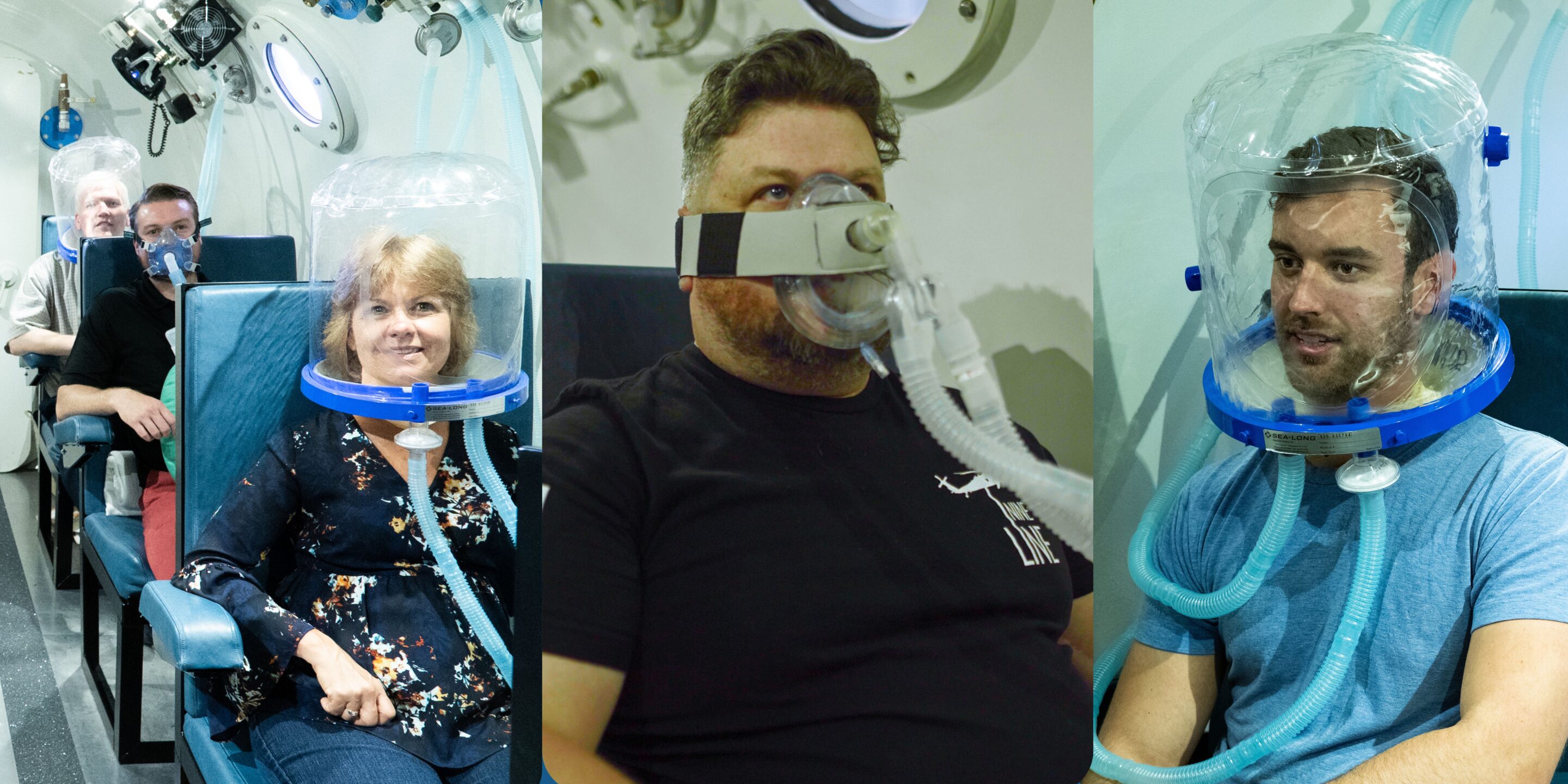Knee Recovery: The Emergence of HBOT as a Game-Changer
Knee injuries, stemming from sports activities, accidents, arthritis, or gradual wear and tear, vary in severity. While conventional treatments have their advantages, hyperbaric oxygenation (HBOT ) has emerged as a promising solution to alleviate knee pain and enhance overall joint health.
HBOT entails breathing almost 100 per cent oxygen within a pressurised room or chamber. The heightened atmospheric pressure enables the body to absorb increased oxygen levels, fostering advanced tissue repair and mitigating inflammation. This proves especially advantageous for knee pain associated with diverse conditions.
For arthritis sufferers, HBOT offers relief by diminishing joint inflammation. Elevated oxygen levels spur the production of collagen and elastin, facilitating damaged cartilage regeneration. This dual action not only alleviates pain but also enhances joint function and mobility. The intensified oxygen levels also aid in tissue regeneration, crucial for individuals with knee pain due to wear and tear, injuries, or damaged cartilage and tendons. Ligament damage-induced knee pain can also benefit from HBOT, expediting healing through improved blood flow, reduced inflammation, and the growth of new, healthy tissue.
In cases where surgical intervention is necessary for knee injuries, HBOT serves as a valuable component of post-surgery recovery. Whether recovering from joint replacement or ligament repair, heightened oxygen levels expedite healing, diminish swelling, reduce risks of bacterial infections, and alleviate pain, facilitating a quicker return to normal activities.
Cited by: Galway Advertiser
Read More

How Extivita Integrative Therapies Support Restful, Restorative Sleep
Getting consistent, high-quality sleep is one of the most important foundations of overall health and well-being. Yet, stress, inflammation, and environmental factors often disrupt natural sleep patterns, leaving many people feeling fatigued and unrefreshed. At...

Extivita Expands to Jacksonville, NC—Bringing Life-Changing Therapies to the Coast
Jacksonville, NC – Extivita, North Carolina’s leading center for Hyperbaric Oxygen Therapy (HBOT) and integrative wellness services, is excited to announce the opening of its newest clinic in Jacksonville, NC—a region defined by military service, resilience, and a...

Cortisol Levels Too High? Lower Them Naturally
In today’s fast-paced world, stress has become a constant companion for many people. Deadlines, notifications, traffic, poor sleep, and even our dietary habits all contribute to a steady rise in stress—and with it, rising cortisol levels. While some stress is normal...

